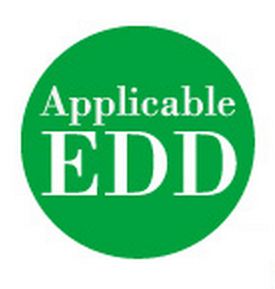Home ->
Medical Education ->
Simulators -> Anesthesia -> Airway Management -> Airway Management Model
By using specially developed silicone rubber, this model provides a similar appearance and touch as that of a living human body.
- Trainees can practice using various apparatus including endotracheal tubes, Iaryngeal masks , EGTA, combination tubes, and transnasal airways.
- Opening the larynx with a laryngoscope, removing foreign objects in the airway with forceps, and performing endotracheal aspiration can all be practiced.
- Trainees can smoothly elevate the submaxilla and open the mouth. There is a realistic feel to the skin, oral cavity, and tongue.
- Dilation of the stomach when air enters the esophagus can be confirmed.
- Left and right respiratory sound can be heard with a stethoscope.
- A warning sound is generated when a laryngoscope places excessive pressure on the front teeth.
- This product is an EDD (Esophageal Detector Device).
- When the esophagus is intubated, the Esophageal Detector Device can confirm
- there is no re-expansion.
Practical Training
- Elevating the submaxilla.
- Clearing the airway with an endotracheal tube, Iaryngeal mask, EGTA, or
- combination tubes.
- Inserting a transnasal airway.
- Giving artificial respiration with a bag mask.
- Using a laryngoscope, removing endotracheal foreign matter with forceps, and
- doing endotracheal respiration.
- Confirming the dilation of the stomach when air enters the esophagus.
- Hearing respiratory sound with a stethoscope.
Components
Main body (1)
AA size battery (2)
Storage Case (1)
The Airway Management Model brings realism to training on airway maintenance using various apparatus such as endotracheal intubation, and
using a laryngoscope. It is also suitable for practicing the removal of foreign objects in the airway with forceps and confirming respiratory sound.
Practical Training
- Elevating the submaxilla.
- Clearing the airway with an endotracheal tube, Iaryngeal mask, EGTA, or
- combination tubes.
- Inserting a transnasal airway.
- Giving artificial respiration with a bag mask.
- Using a laryngoscope, removing endotracheal foreign matter with forceps, and
- doing endotracheal respiration.
- Confirming the dilation of the stomach when air enters the esophagus.
- Hearing respiratory sound with a stethoscope.



